Last Updated on June 19, 2025 by Team Ideas24
Vertical gardens don’t just look good. They are good for the environment, as well. They help to reduce the carbon footprint of a building by filtering pollutants and carbon dioxide. Vertical gardens also benefit those who live nearby as the overall quality of the air is improved.
And gardening doesn’t get any ‘greener’ than this project! Here’s how to build a self watering vertical garden that uses recycled PET bottles as planters. And it’s equipped with an automatic watering system, powered by solar panels and a home-made wind turbine!
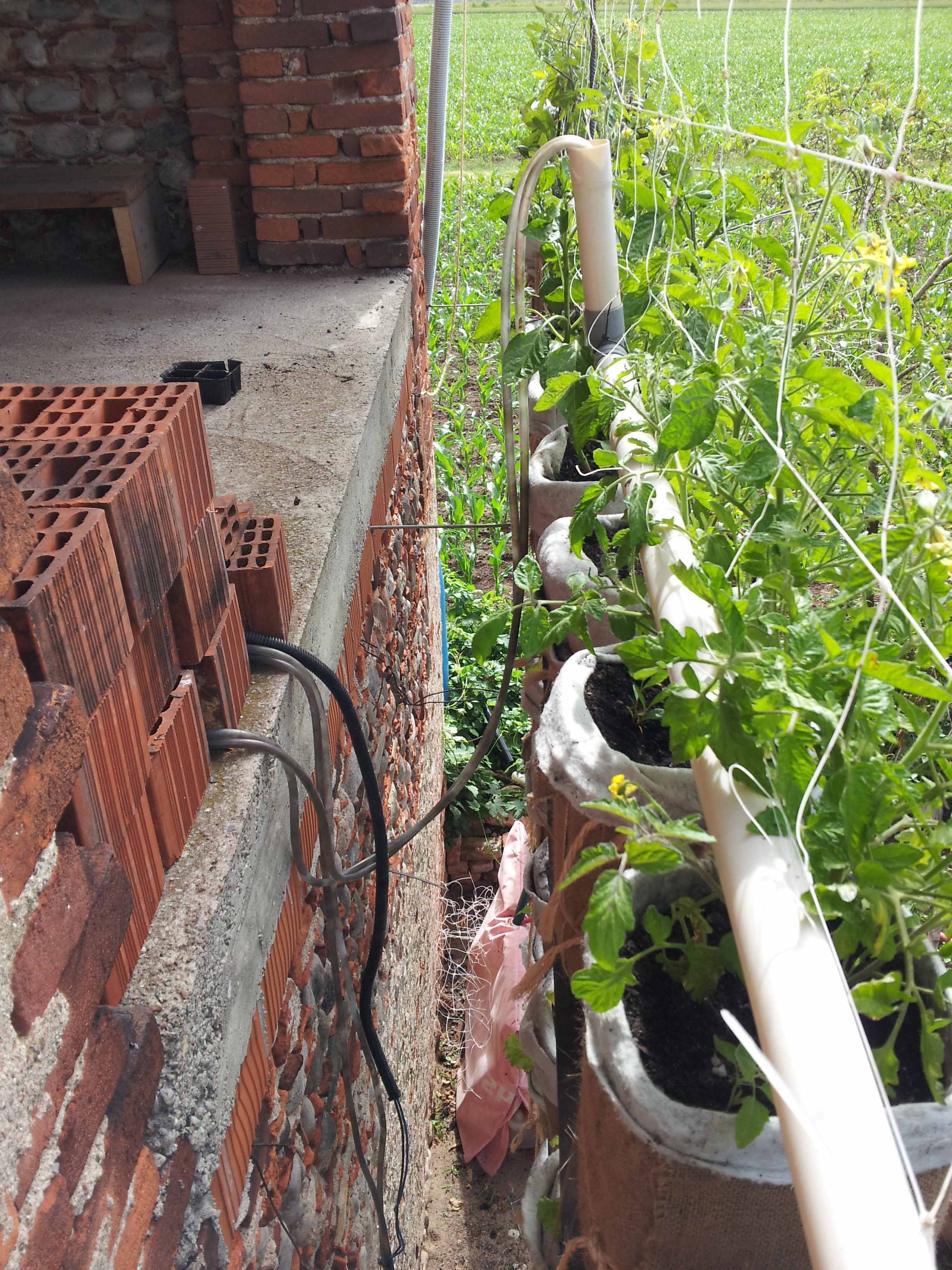
The vegetable garden is made up of 72 large water bottles cut in half and installed upside down on a wooden shelf. This method enables you to plant large quantity of produce in a very limited space.
There are two water reservoirs. The first one collects rainwater. It’s situated on the side of the green wall, and is comprised of eight barrels each holding 200 litres of water. The second reservoir located under the wooden shelf collects excess water from the planters. These bottom reservoirs are made from repurposed street barriers!
The water is pumped from the reservoir into a PVC pipe with holes on top of the green wall. Water then drips to the planters and the excess goes back to the reservoir creating a complete cycle!
The water is circulated using 12v pumps which is powered by a turbine and two solar panels. The power is stored in a car battery. To maintain the right moisture the watering system is regulated by a timer.
Contents
How to Build a Self Watering Vertical Garden

Click on any image to start lightbox display. Use your Esc key to close the lightbox. You can also view the images as a slideshow if you prefer.


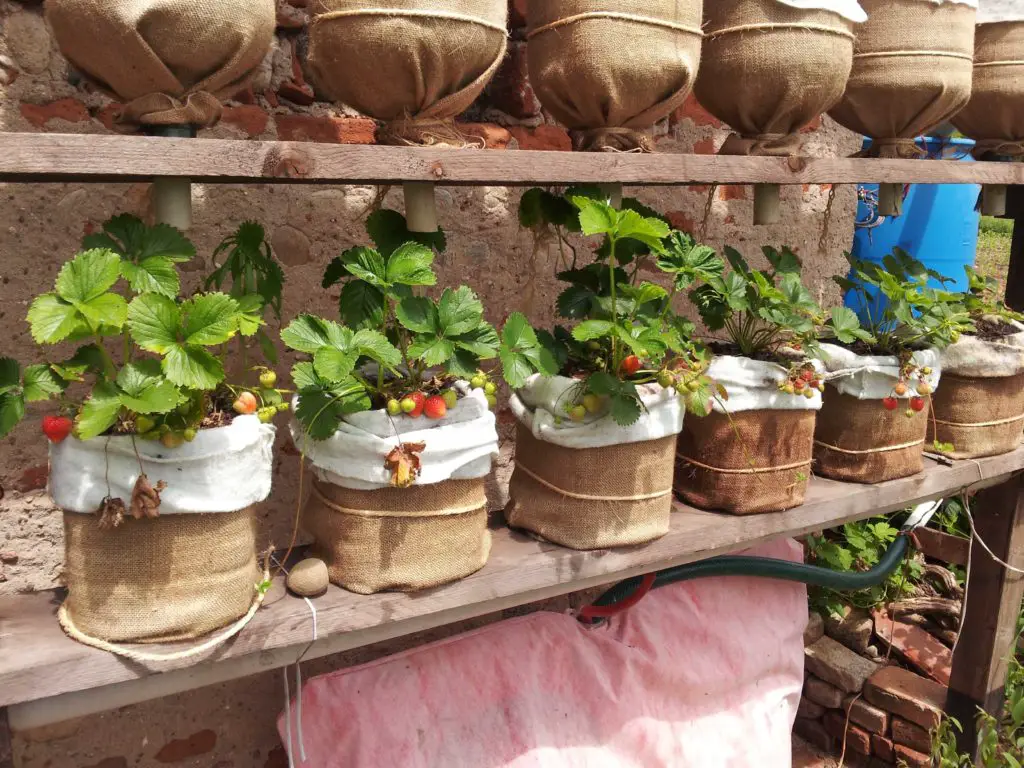
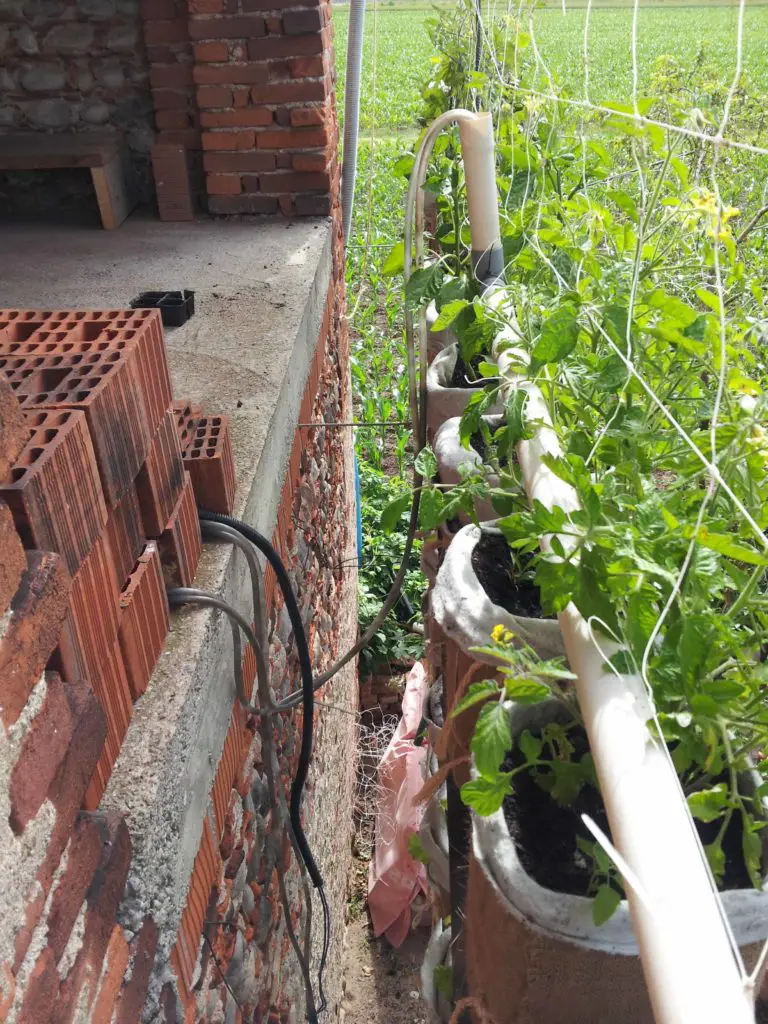

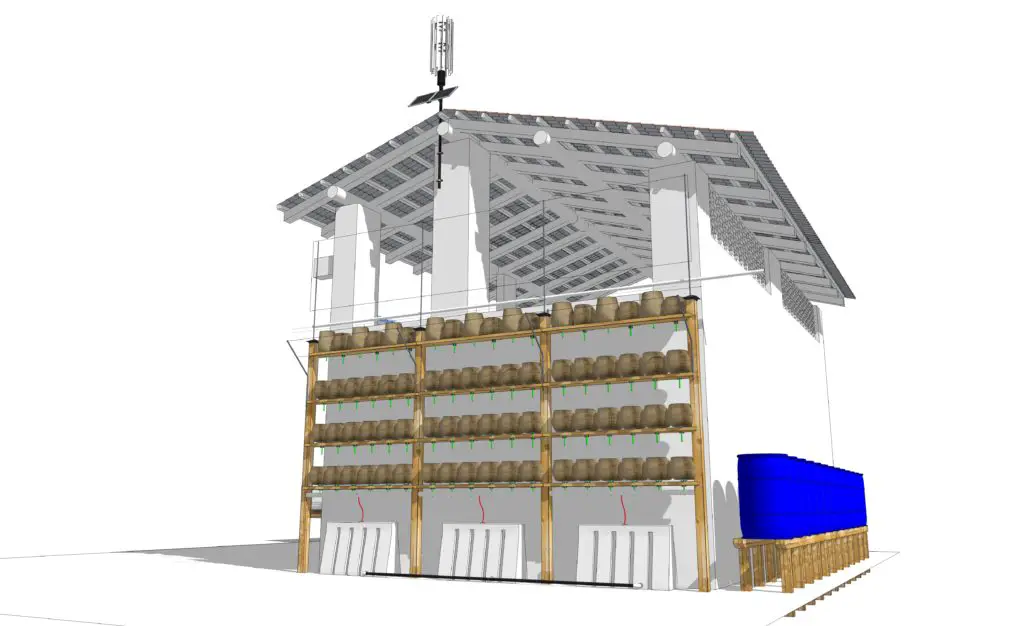
Materials
- 2” Pine Planks
- 4×4 Pine Timbers
- Large PET Bottles
- 200-Liter Plastic Barrels
- 100-Liter Plastic “New Jersey” Street Barriers
- 12v Water Pumps
- Hybrid Power System
- 10w PV Panels
- Vawt Turbine
- 12v Car Battery
- Timer – to regulate watering cycle
- 4-cm PVC Pipe
- Plastic Cap
- Water Hose
- Rubber Bands
- Juta Net
- Juta Cord
- Screws
Tools
- Cordless Drill
- Hand Saw
- Tape Measure
- Hole Saw
Steps

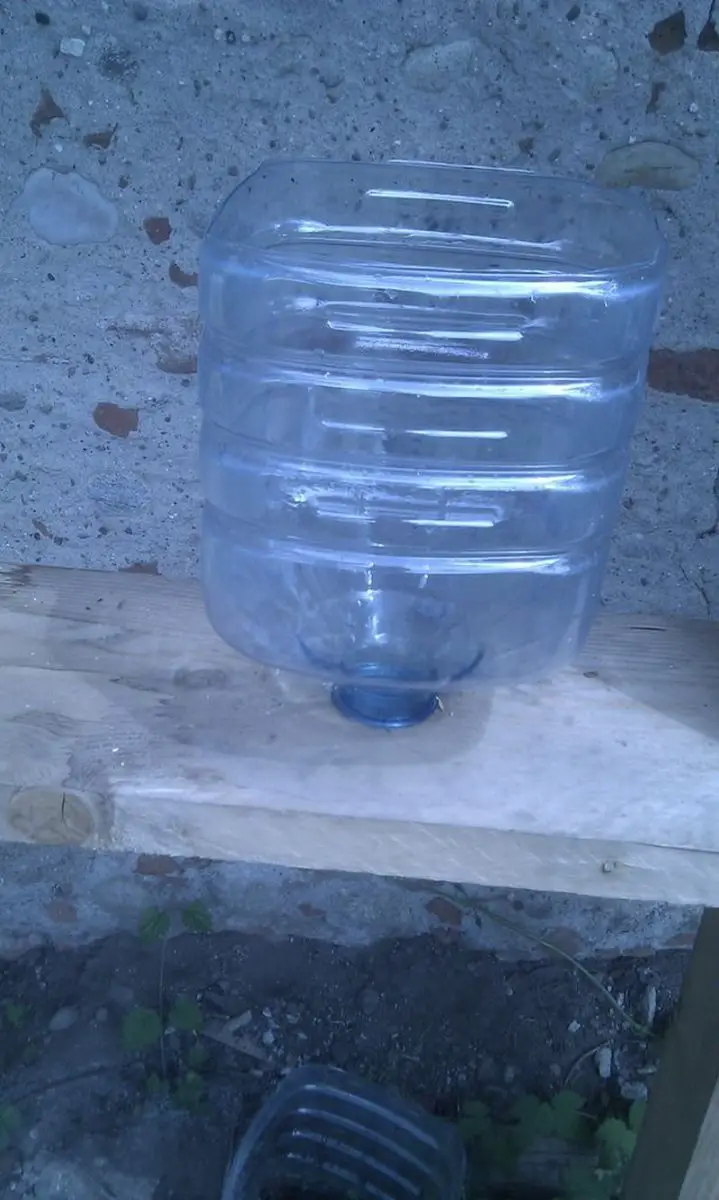
I obtained from my friend Ricky a hundred of 18l PET bottles round and square shaped, ideal for my project.
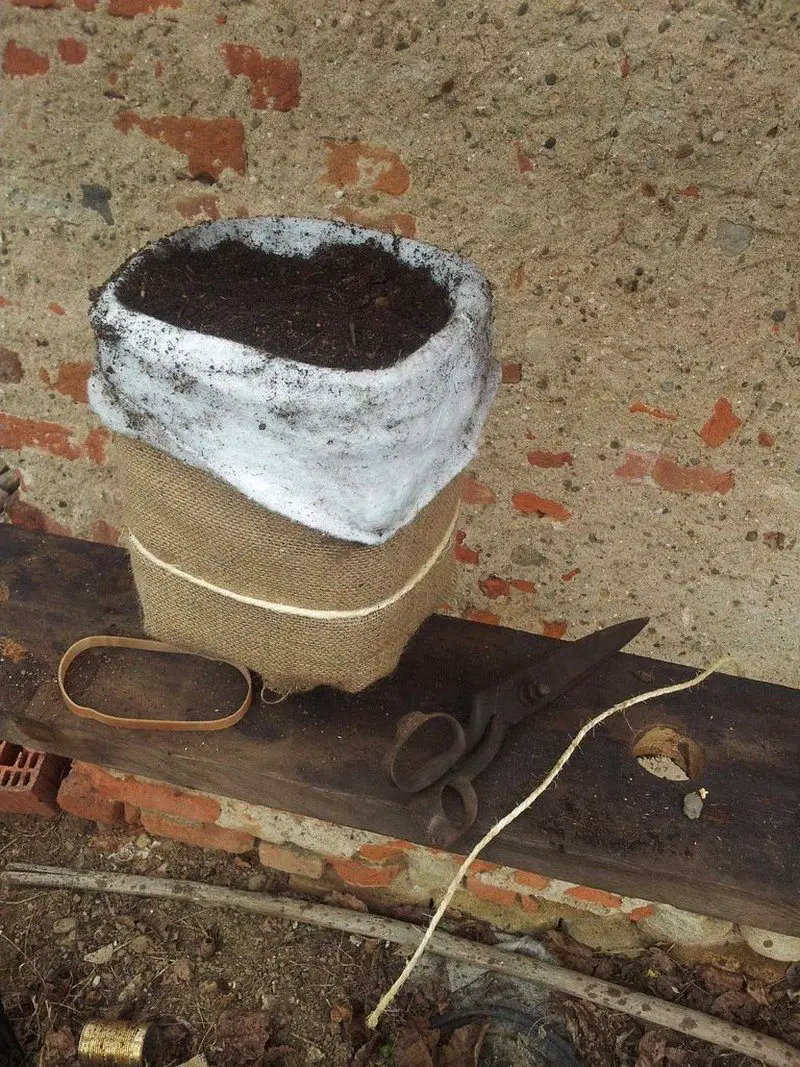
The prototype of planter was a cut bottle filled with 1/3 of expanded clay and 2/3 of soil.
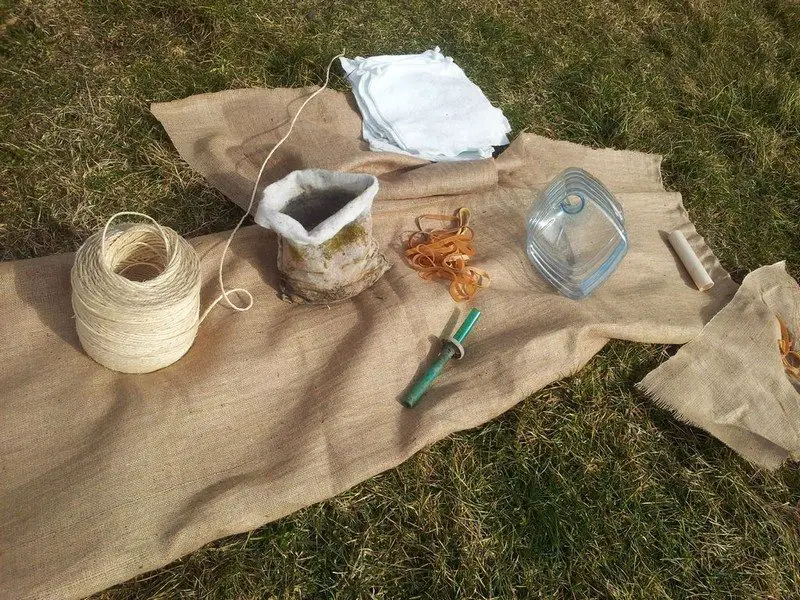
To prevent the mixing of the clay, i decided to use felt bags sew from a mat bought on the internet.
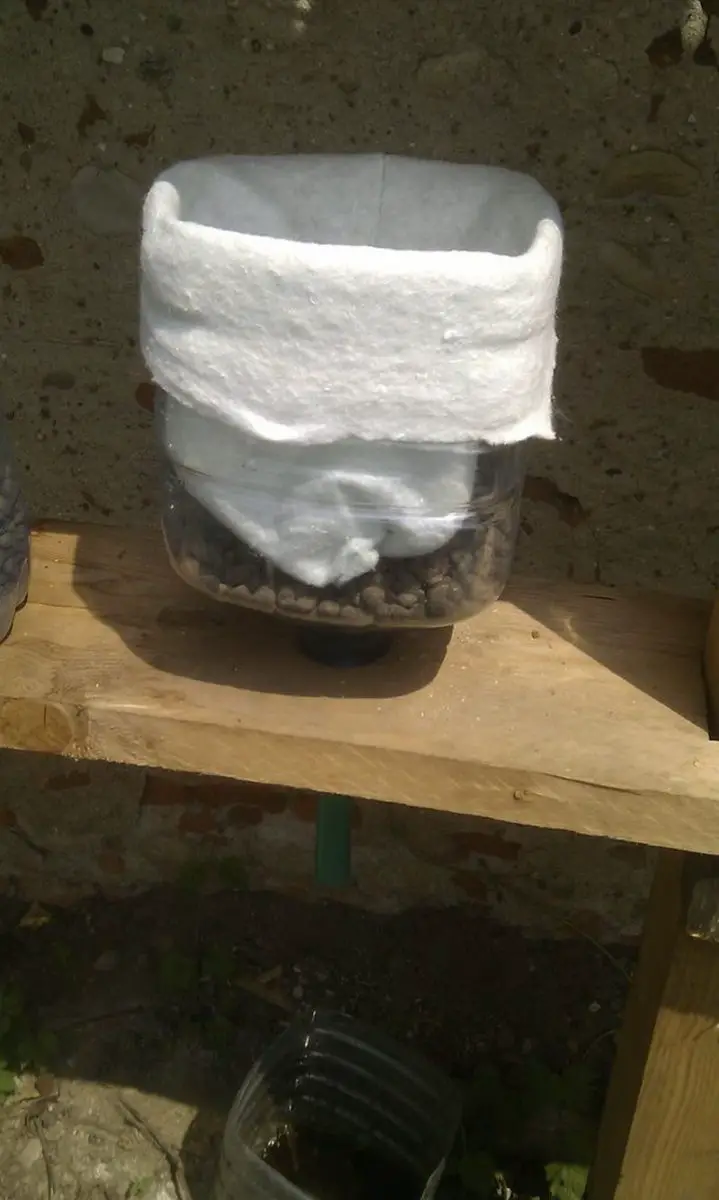
This solution create an air gap between the internal wall of the bottle and the soil, adding some aeration to the system. This bag are reusable and permit to remix the soil after harvest.
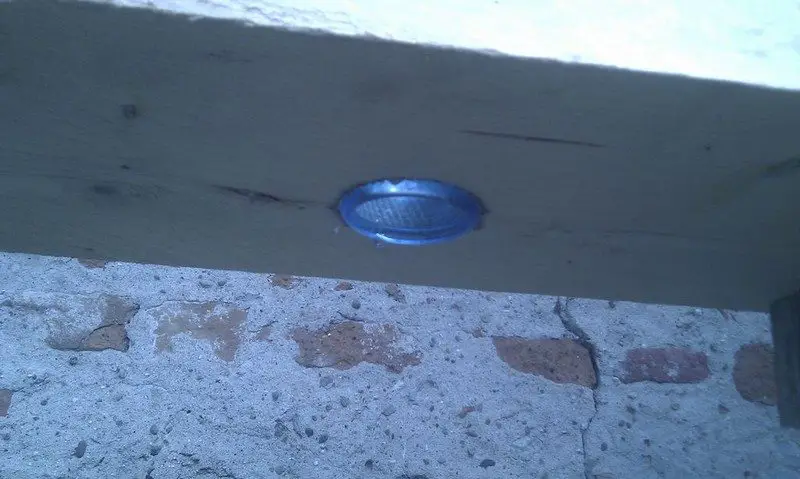

To obtain a little reserve or water in the planter i used a piece of PVC pipe (4 cm diameter) sealed inside the bottle neck with rubber bands, but after some try I discover a better way to do the job, using the plastic cap of the bottle and a piece of hose.

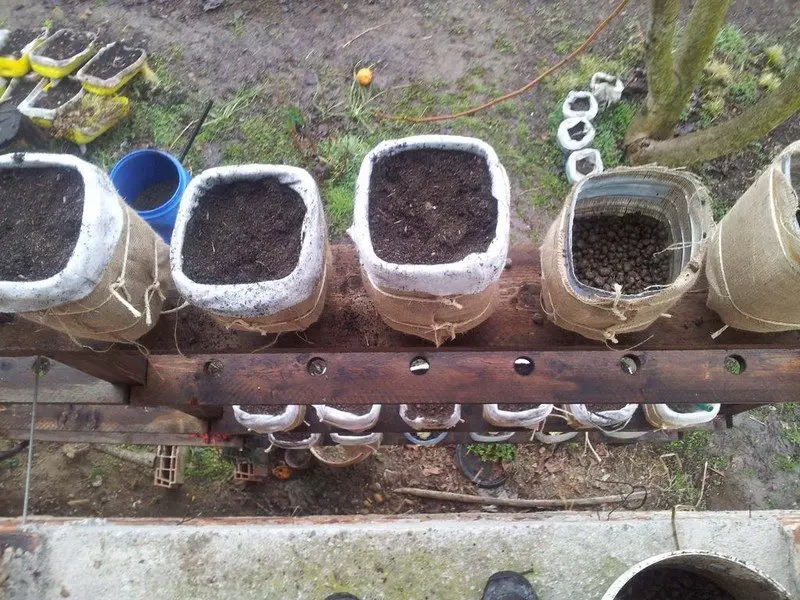
To protect the PET bottle and roots from direct sun, i cut a juta net, found on Ebay for few euros. This natural material give the bottle a rural/vintage look. To hold the mat i used a juta cord.

The shelf is build in cheap pine wood, 12 plank 200x35x5 cm and 4 timbers 10×10 cm, 300 height.



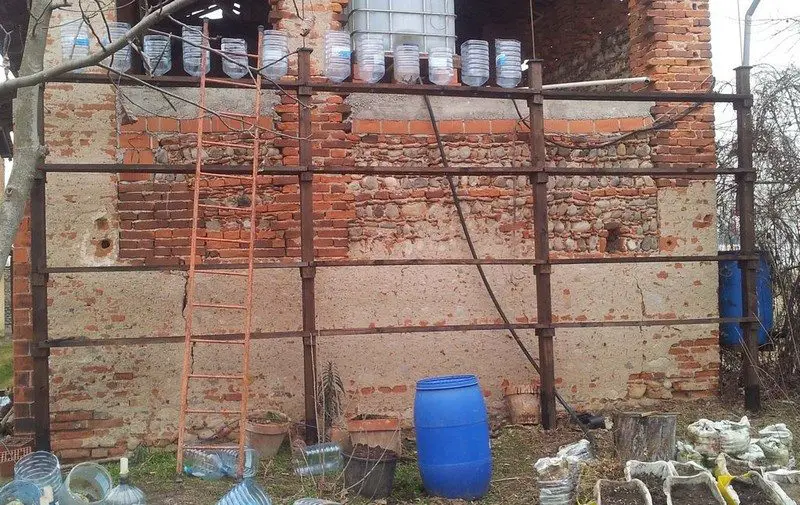

Two cheap 12vdc pumps are set to lift water from the “new jersey” one minute at 7 am e one at 7 pm, enough to keep the right moisture of the self watering vertical garden planters.
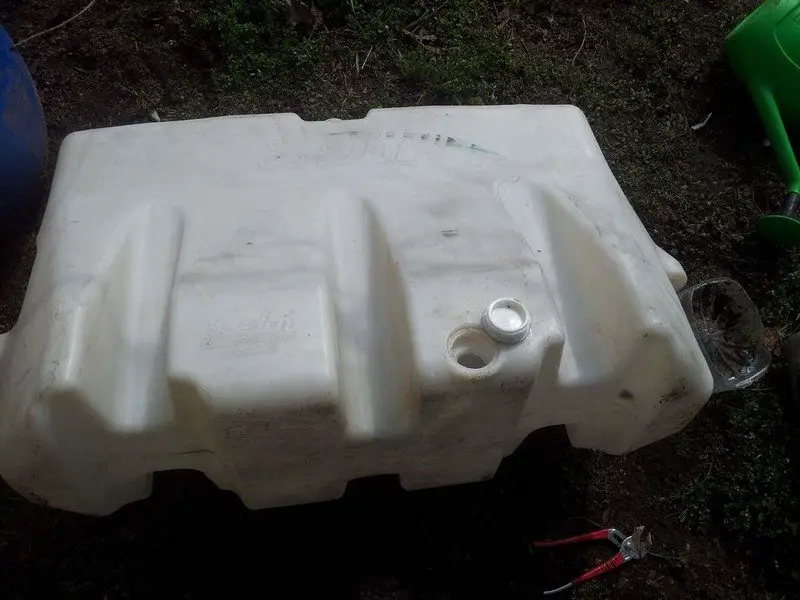
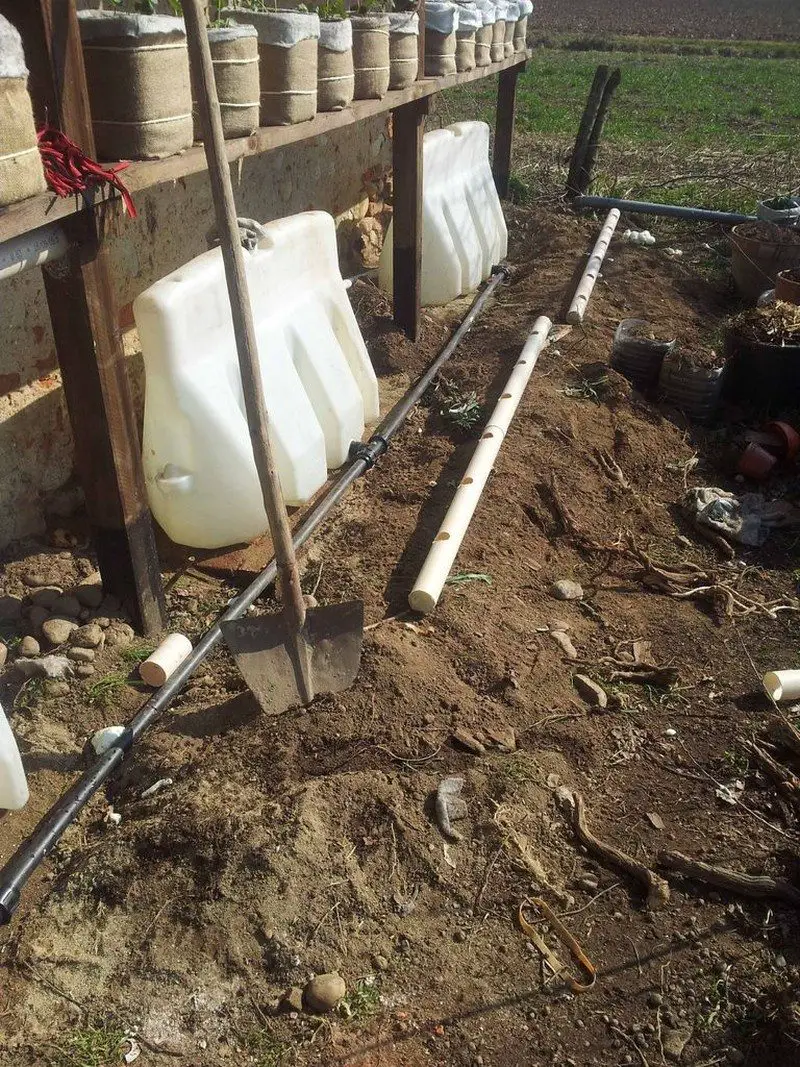
Recycled plastic barrel…
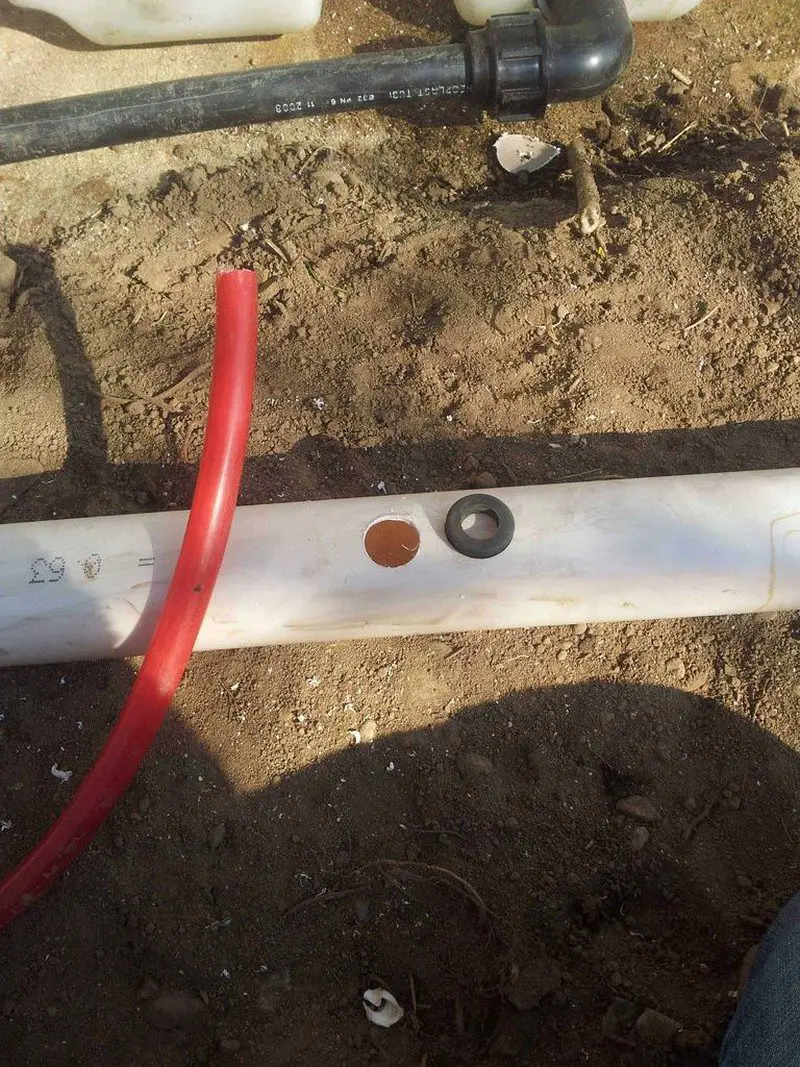


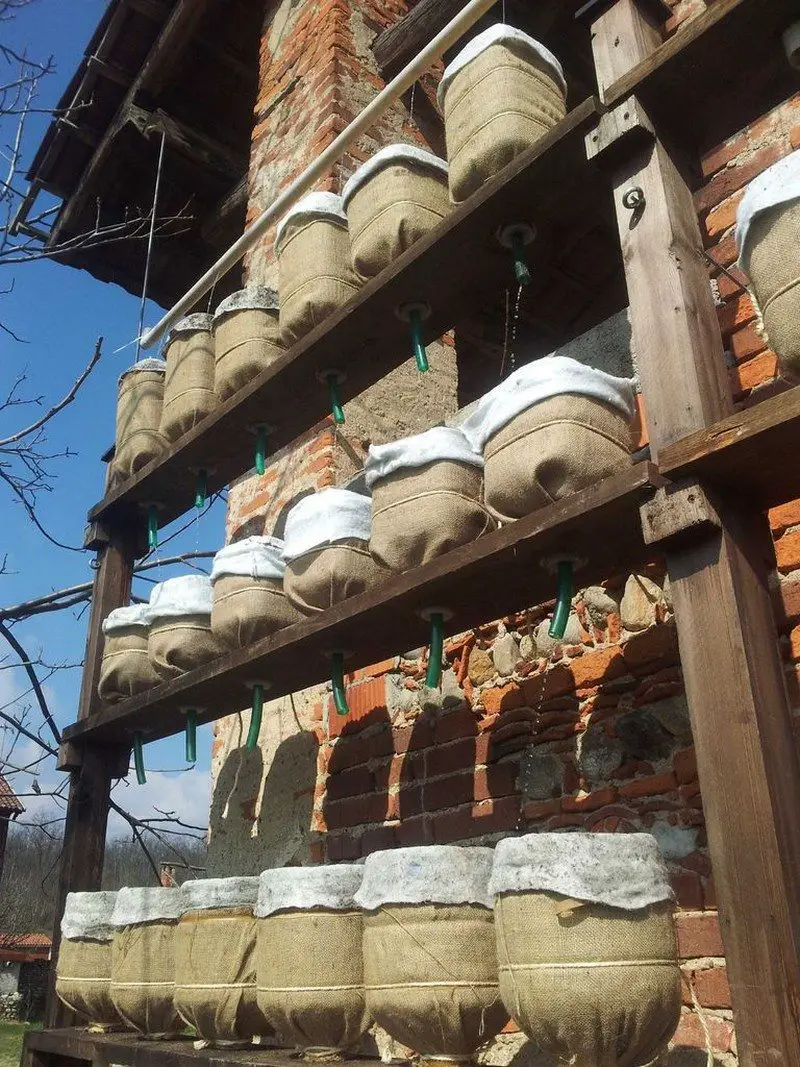
These are the power source for the system:
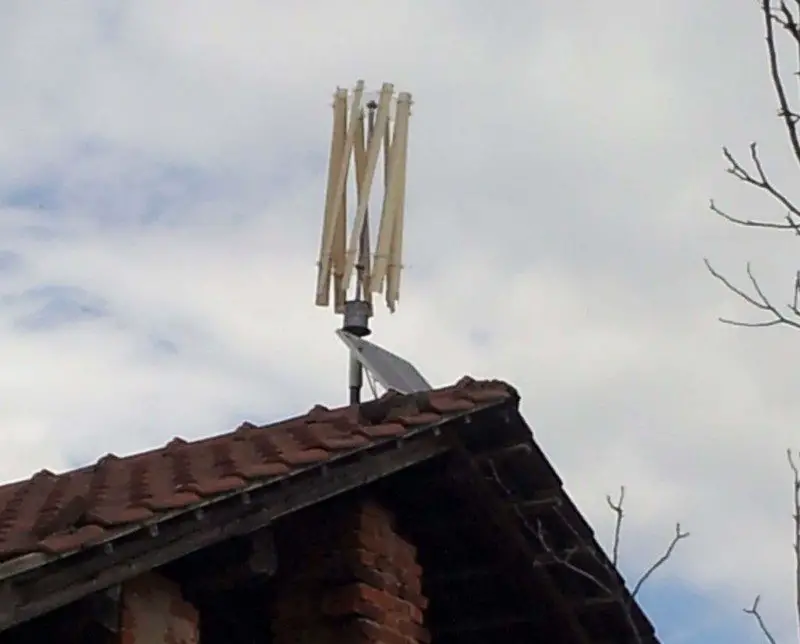
A wind turbine: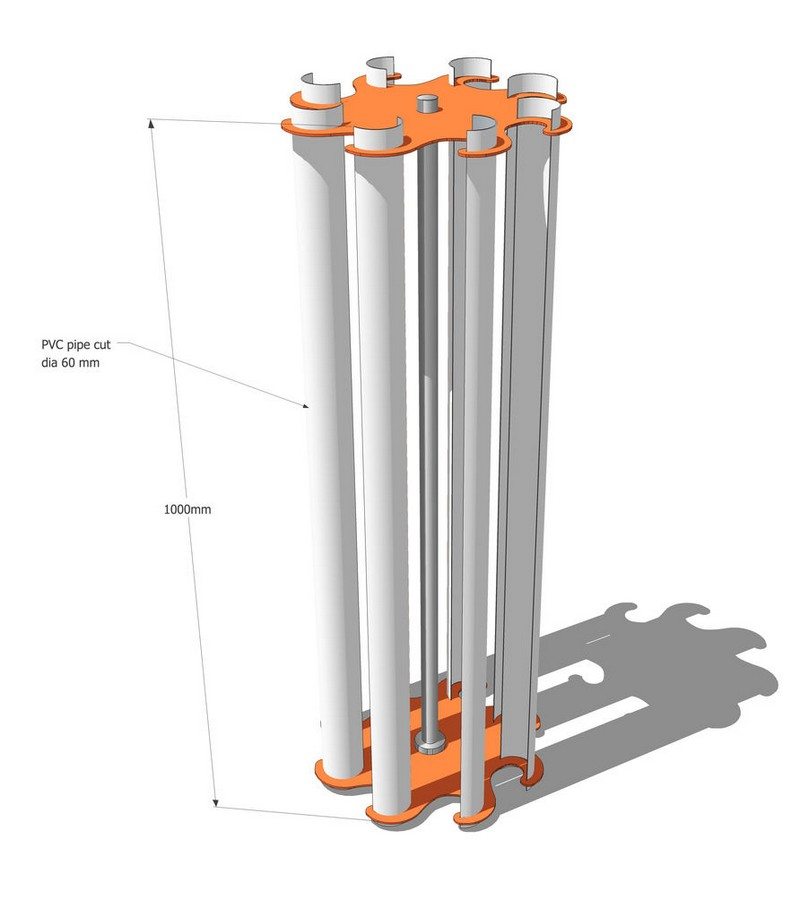
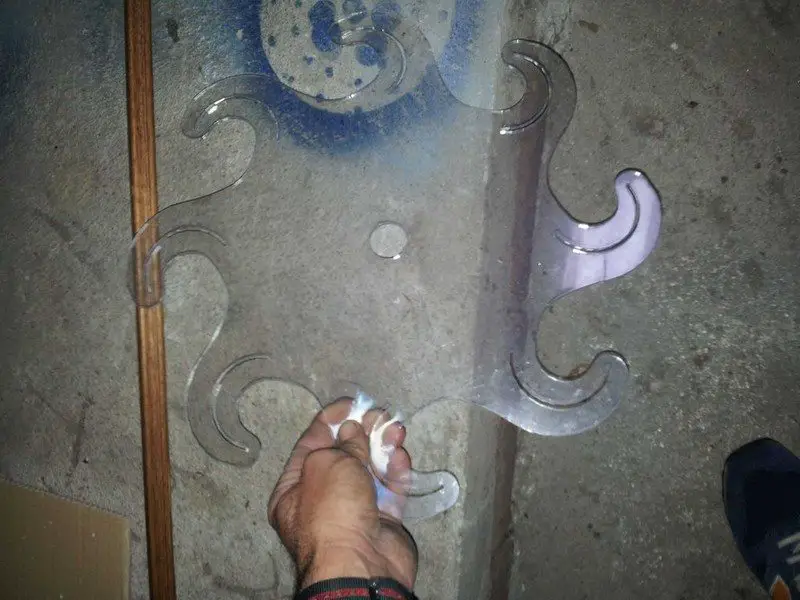
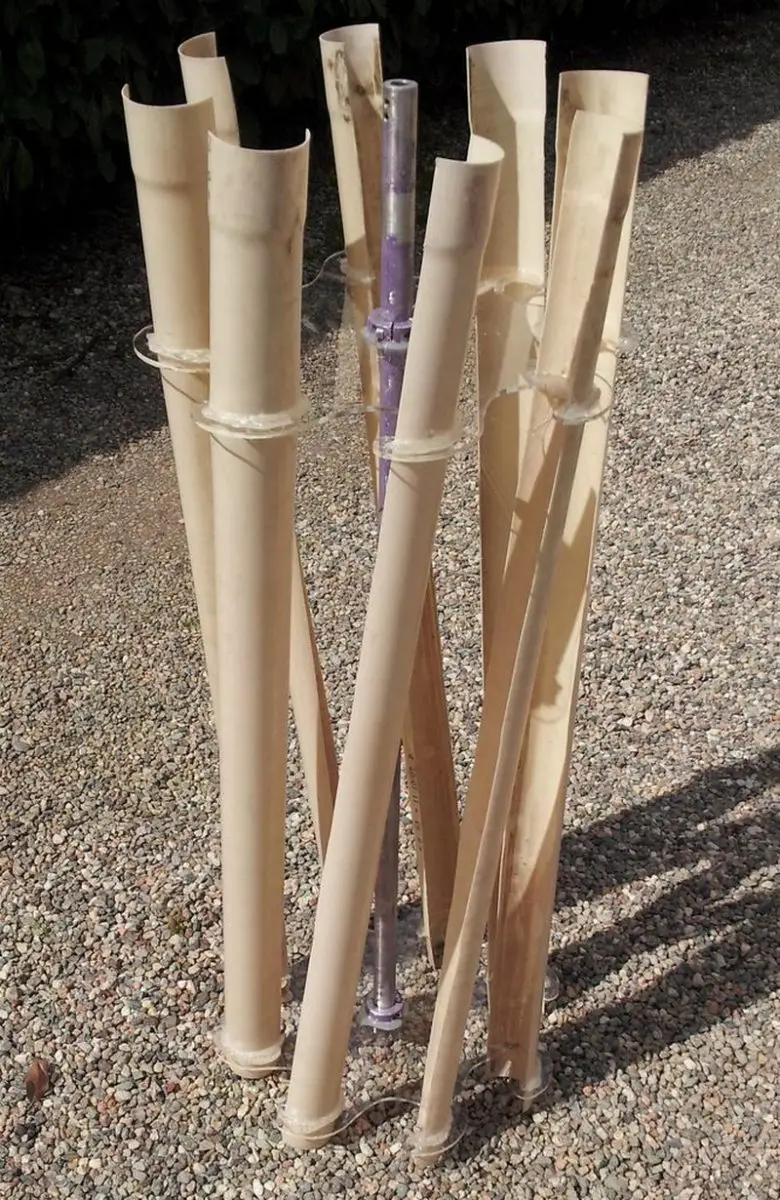
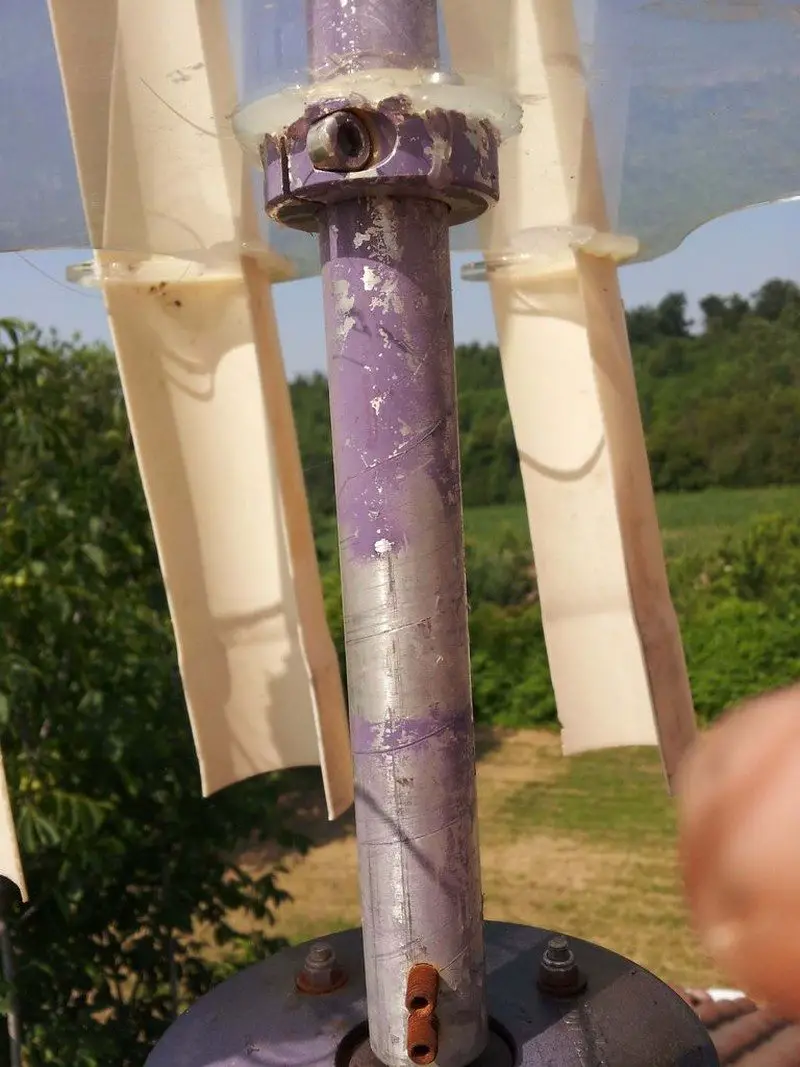

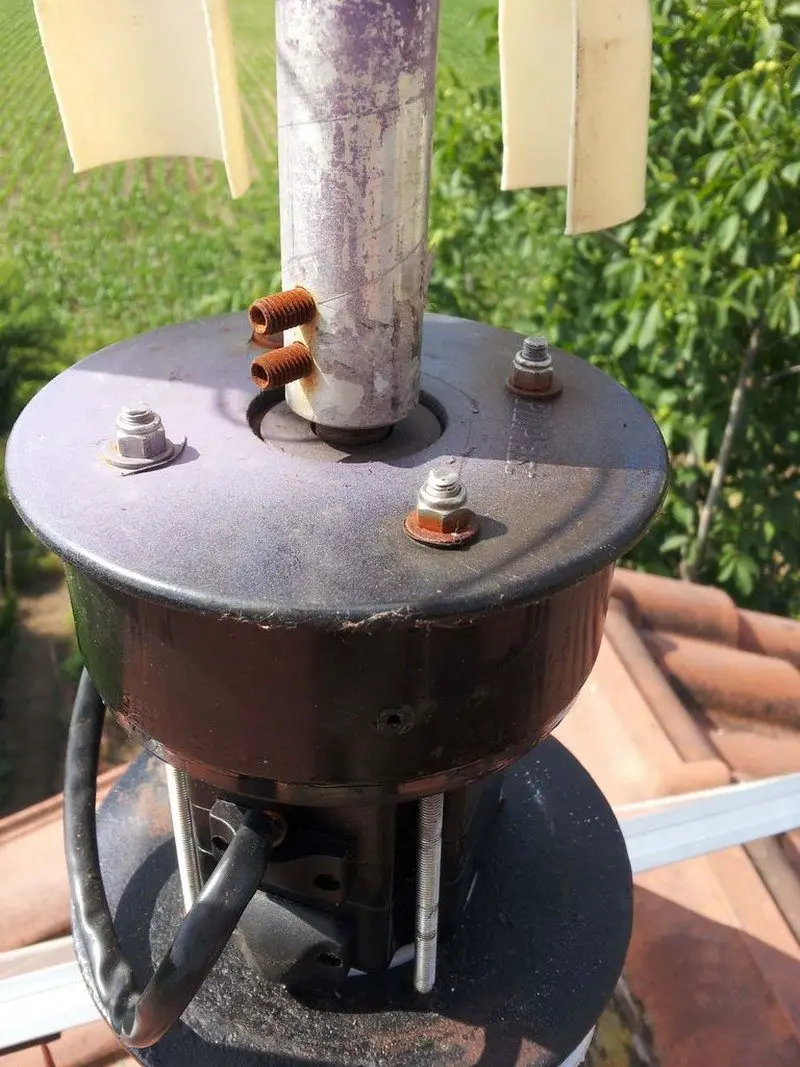

A solar panel:
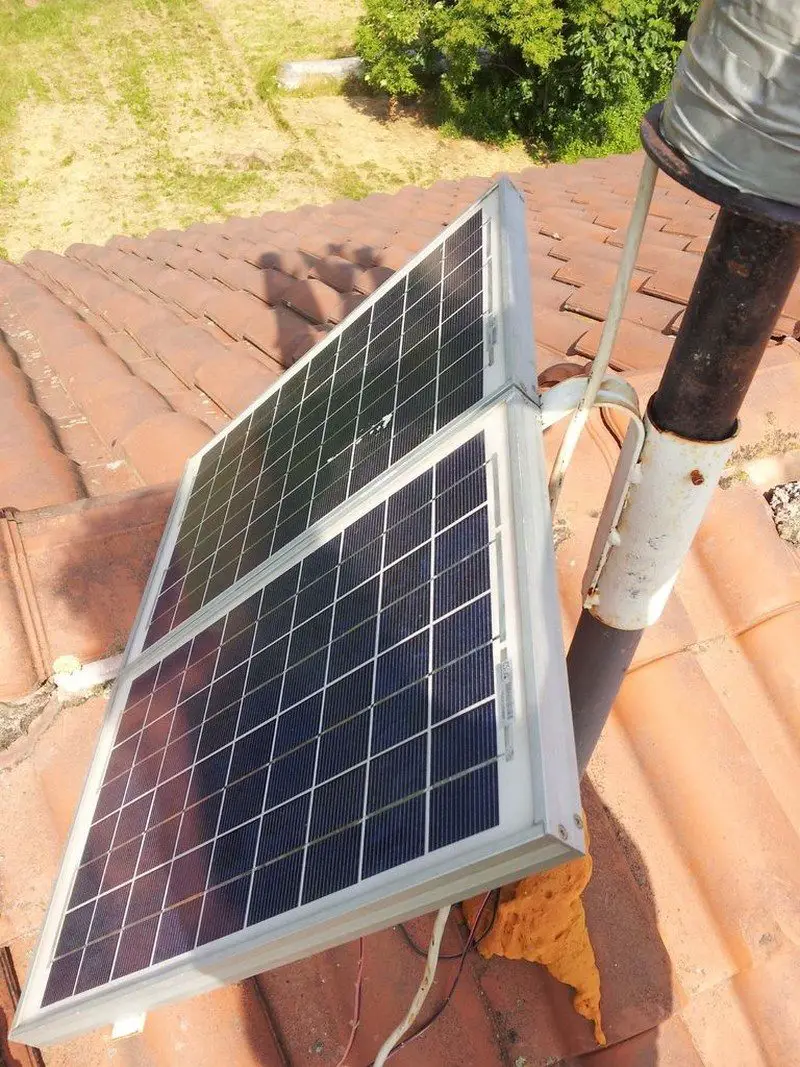

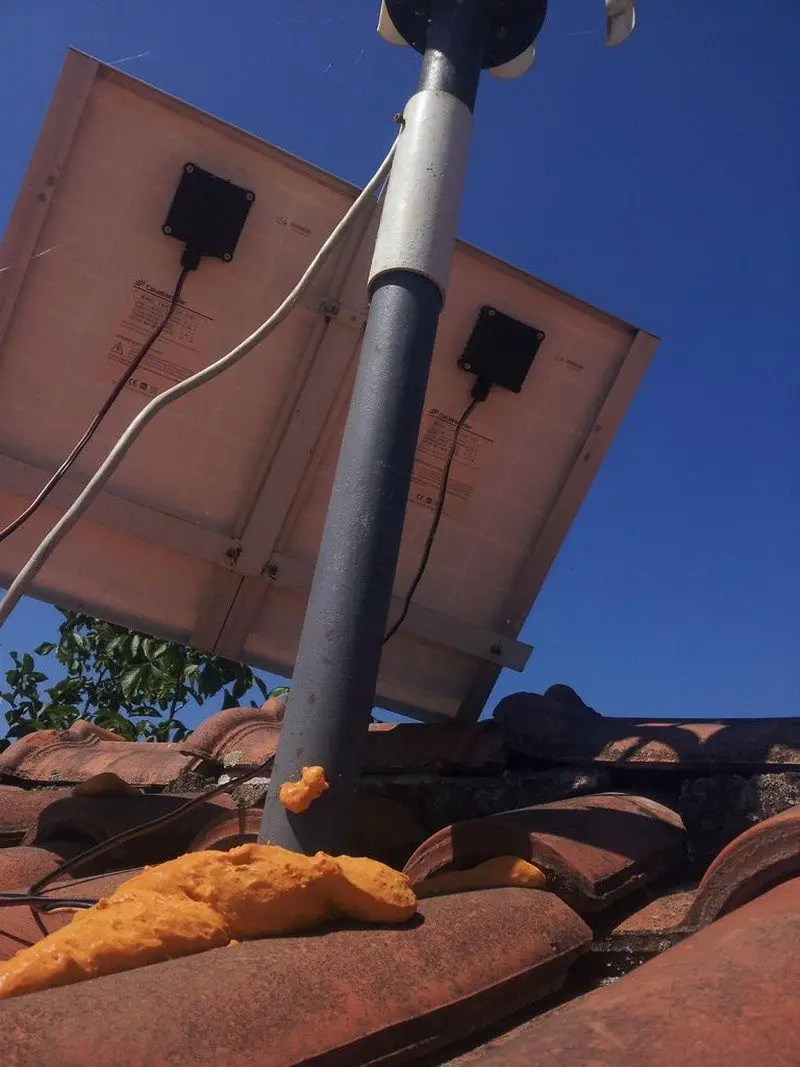
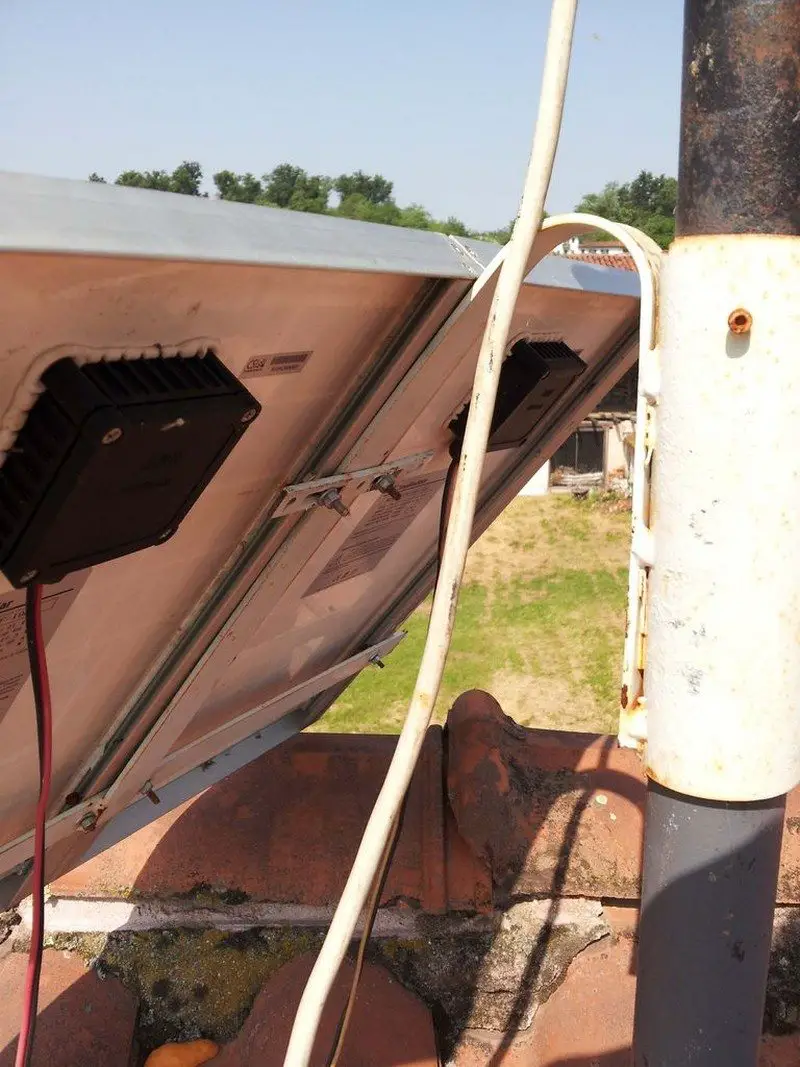
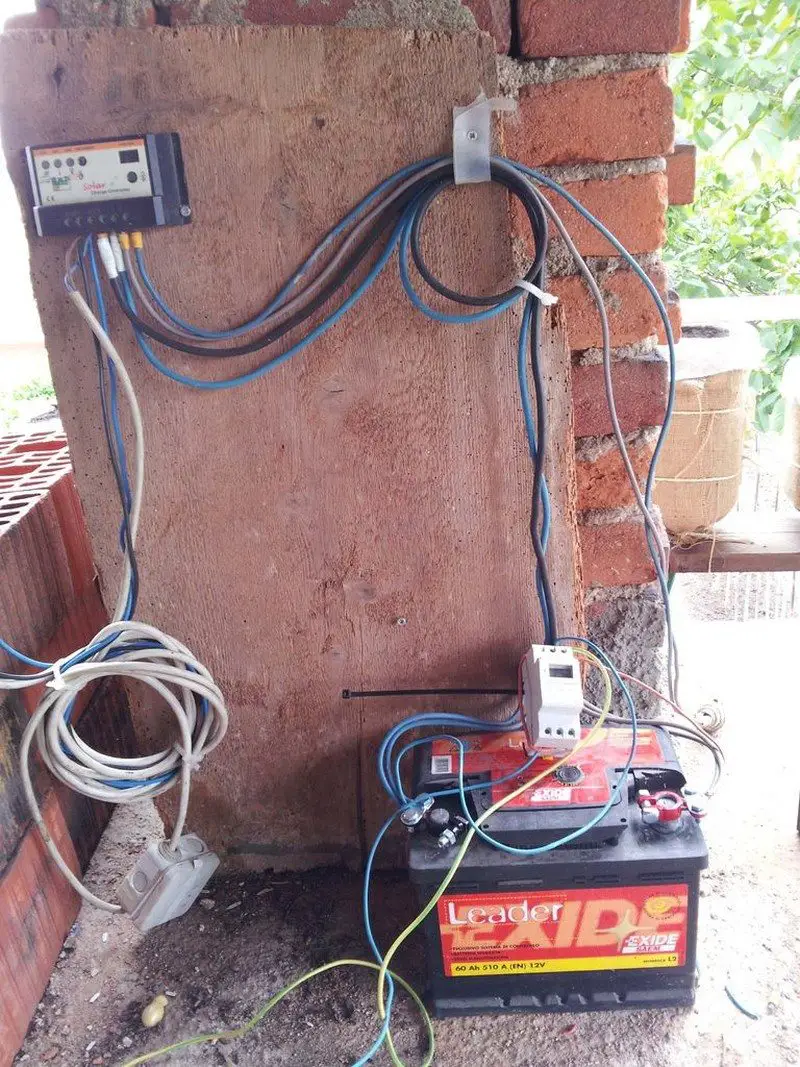
They are connected to a car battery for power storage.

Healthy produce!

This gardening system offers a lot of benefits. By adapting this vertical garden, you get to plant larger quantity of produce in a very limited space. The more plastic bottles you use for growing produce, the more you help our environment. Last but not the least, this self watering vertical garden helps you get more things done without adding costs to your electricity bill.
Any ideas on how this system can be improved? Let us know in the comments section.
Thanks to tiero for this great project.
Optimizing Plant Selection for Vertical Gardens
Selecting the correct plants for a self watering vertical garden is essential for both the health of your garden and its simplicity of maintenance. Variations in root systems, water requirements, and growth patterns among different plants can have a big effect on their vertical setup success.
This section will help you choose the best plants for your vertical garden self-watering so they will flourish and stay rich and healthy.
Understanding Plant Needs
Think about the particular circumstances of your self watering vertical garden—that is, sunlight, wind, and ambient temperature—before you start. Certain plants may have limited access to deep soil and notable root space in a vertical configuration. Choose species with shallow roots or natural inclination for smaller environments. Good examples are herbs like basil, parsley, and cilantro, which fit the limited soil volumes of a vertical garden rather well.
Best Vegetables for Vertical Gardens
Especially those that climb or can be readily trained to grow upward, like cucumbers, tomatoes, and pole beans, vegetables can be remarkably well-suited for self watering vertical gardens. The constant moisture levels kept in a self-watering system help these plants greatly so they get enough water free from drying out stress. Furthermore great options are leafy greens like lettuce, spinach and swiss chard because of their low root space needs and fast harvesting cycle.
Ideal Herbs for Vertical Gardening
Herbs are particularly well-suited for self watering vertical gardens due to their adaptability and the minimal space they require. Hardy herbs such as thyme, oregano, and mint are excellent for beginners because they are not only drought-resistant but also thrive with the consistent moisture provided by a self-watering system. Moreover, these herbs can add a fragrant dimension to your garden, enhancing its sensory appeal.
Flowering Plants and Decoratives
Your self watering vertical garden will look much better with flowering plants adding colour and vibrancy. Appropriate choices are nasturtiums, whose edible and pleasing leaves, and marigolds, which can help ward against pests. By drawing helpful insects and pollinators, these species can coexist with vegetables and herbs so enhancing a healthy ecosystem.
Succulents and Low-Water Plants
Although it would seem contradictory, some low-water plants including succulents can also flourish in a self watering vertical garden. Gaps can be filled in and texture and colour contrasts added with plants such as sedum or echeveria. Usually needing less frequent watering, these plants can remain healthy without risk of overwatering provided drainage is sufficient from a self-watering system.
Selecting plants based on their fit for a self watering vertical garden will help to guarantee a strong and vibrant vertical arrangement. The correct decisions will enable you to keep a beautiful and sustainable garden with less work and more enjoyment whether your goals are for food, herbs, or decorative plants.
Advanced Watering Techniques for Vertical Gardens
Implementing advanced watering techniques can significantly enhance the efficiency and effectiveness of a self-watering garden. By optimizing the delivery of water directly to the roots of plants in a vertical setup, you can conserve water and ensure your plants receive the hydration they need without waste.
This section explores various sophisticated methods to upgrade your self watering vertical garden, providing a seamless blend of technology and nature for optimal plant health.
Drip Irrigation Systems
Drip irrigation is an ideal solution for a self watering vertical garden, especially for vertical installations. This system slowly releases water directly to the plant roots, minimizing evaporation and runoff, which is crucial in a vertical arrangement where soil exposure is high. You can install drip lines along each tier of your garden, with emitters positioned near the base of each plant. This precision watering not only saves water but also prevents diseases that often arise from excess moisture on plant foliage.
Incorporating Moisture Sensors
To truly advance your self watering vertical garden, consider integrating moisture sensors. These devices can detect the moisture level in the soil and automatically adjust the watering schedule as needed. By using sensors, the garden only receives water when necessary, which is critical for preventing overwatering and under-watering—common issues in vertical gardening. This technology ensures that each plant receives the exact amount of water it needs for optimal growth.
Hydroponic Vertical Systems
By doing away with the need for soil entirely, using a hydroponics system for your self watering vertical garden takes it to the next degree. Grown in a water-based solution high in nutrients, plants enable better control over their water and nutrient intake. This approach is especially useful in vertical gardens where space is limited since it enables higher density of plant development and can be quite automated to cut labour and increase water use economy.
Pulse Watering Techniques
Pulse watering is short and exact bursts for each plant. It makes better soil and root absorption possible. Using this method in a self watering vertical garden will help increase plant health and the depth of root growth.
In vertical gardens especially, the pulsed approach is especially helpful since it helps prevent water overflow and nutrient run-off from one tier to another, so guaranteeing that water and nutrients are distributed uniformly over the garden.
Including these cutting-edge watering methods into your self watering vertical garden will maximise water economy and improve plant vitality and growth. Every technique has special advantages and can be changed depending on the particular requirements of your garden and the surroundings.
Conclusion
Knowing how to build a self watering vertical garden presents a creative answer for urban environments since it lets gardeners maximise their growing area and cut maintenance. Consistent moisture is guaranteed by this system, which is necessary for vertical setups to flourish. Modern gardeners would be wise to choose a self-watering vertical garden given its extra advantages of sustainability and visual appeal.




